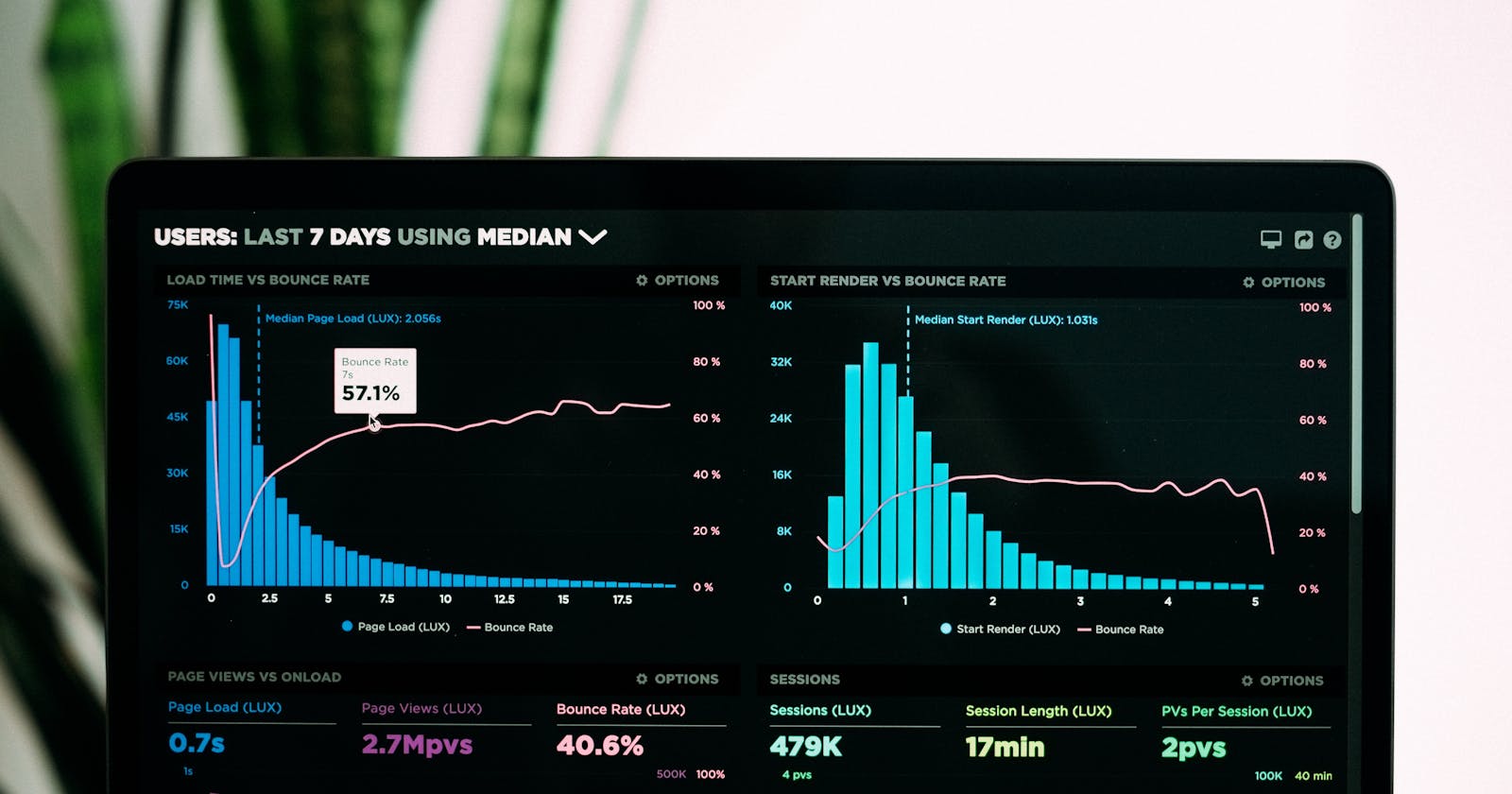Think Like A Data Analyst: Seven (7) Questions A Data Analyst Should Ask While Cleaning Data
Table of contents
No headings in the article.
INTRODUCTION
Before analyzing data, data cleaning is crucial for a data analyst since, during transmission, problems with the data could arise that could be related to the data's source. Clean data guarantees that the proper questions are asked and that the story the data is providing is accurate and impartial. In this article, I'll discuss data cleaning and the right questions to ask when you clean up your data.
UNDERSTANDING DATA CLEANING
Have you ever tried to organize your wardrobe but given up because it all seems so disorganized and confusing and you can't seem to find a specific piece of clothing? Eventually, you mustered the courage to sort everything out and discovered that the item you were looking for wasn't as difficult to locate as you had first thought. That is similar to data cleaning, which is the preparation and validation of data by removing invalid, incomplete, corrupted, and unformatted data. Data cleaning is typically performed before undertaking analysis. In essence, data cleaning involves removing junk from the data, such as duplicates or inaccurate information.
WHY IS DATA CLEANING SO IMPORTANT
Data cleaning is crucial since it influences decision-making so much. If the data aren't clean, the decisions made based on them would be incorrect, which would be problematic for anyone who utilizes the data. Similar to how you would clean your clothes to make them seem better, data cleaning is crucial to make them appear better and offer better results for analysis.
PROCESS OF CLEANING DATA
We have covered the meaning of clean data and why it is important. Although the process of data cleaning can change based on data, here are the process of cleaning data;
STEP 1: CHECK FOR UNWANTED DATA
Take a good look at your data and detect any data that doesn’t fit the problem you are trying to solve in the dataset. For example, if you wanted to analyze the number of shoes sold and revenue generated but somehow it got mixed up with the datasets of makeup. The data of the makeup in this dataset is unwanted data and it has to be removed for you to make the right decision with the data.
STEP 2: CHECK FOR ERRORS
Correcting errors like misspellings, inconsistent capitalization, incorrect punctuations and text errors can happen as a result of manual entry. For example, the presence of a misspelt name or product can cause some kind of confusion in the analysis.
STEP 3: CHECK FOR DUPLICATE DATA
Checking out for duplicate data can help to save time during analysis. Duplicate data occurs based on the source of the data and can affect the result of the analysis. For example, if a purchase is logged in twice the amount of revenue calculated at the end of the year would be affected.
STEP 4: CHECK FOR MISSING DATA
Missing data in a dataset can cause inaccurate conclusions and so they should be looked at for and checked if that data would affect the data in any way or can be overlooked. For example, if you are trying to compare profits made in the last five years and a few months in a particular year are missing the result for such an analysis would be affected.
STEP 5: CHECK FOR IRRELEVANT FACTORS
When cleaning your data, checking for a dataset that is not relevant to the problem you are trying to solve helps to ensure effective data cleaning.
STEP 6: VALIDATE YOUR DATA
After cleaning data you have to check for the accuracy and the quality of the dataset and confirm if it’s high quality and properly formatted for use. Data validation ensures that the data is well-prepared and ready to use.
BENEFITS OF CLEANING DATA
Data comes with a lot of insights especially when the datasets are clean, so here are some key benefits of data cleaning. Cleaning data helps you stay organized which then gives you valuable insights into your data. It removes errors from the dataset to ensure effective analysis It improves productivity Data cleaning helps you to save time and money and increases revenue Cleaning data ensures that good decisions are made with the dataset.
WHY CLEAN DATA MATTERS
Every piece of data being analyzed has a story to tell, and the story each piece of data tells relies on the information it contains. If the data is clean and free of errors, duplication, or outdated data, it will present a quality tale that can provide outcomes. If the data is inaccurate and invalid, however, that is the story it will tell. Let's consider it from the perspective of a garden that is overrun with microscopic weeds, which are not visible from a distance but which become apparent upon closer inspection. Weeds must be removed to produce high-quality blooms, and in the case of data, we accomplish this through data cleaning. Because it improves the quality of our data and enables us to make sound data-driven decisions.
WHAT IS BAD DATA
Bad data is any data that is invalid, incomplete, corrupted and misleading. Bad data is also any data completely irrelevant to the analysis being made. With the impact data has on decision-making, bad data isn’t something that can just be overlooked because doing an analysis badly on bad data can lead to being at loss and wasting your time.
SEVEN (7) QUESTIONS A DATA ANALYST SHOULD ASK WHILE CLEANING DATA
So far we have spoken about data cleaning, its process and its importance and we also spoke a bit about bad data. As a data analyst, there are some questions you need to ask during your data cleaning process that would help you get better results. Having the answers to the questions I’ll list will help you get better results in data cleaning. You need to look at the data and find out if the datasets you are given would give you the answer that you need. You also need to find out if the data is complete or if there is any form of missing data that needs to be added to your dataset. You also need to find out the source of the data whether a second or third party gathered it. You need to look through the data and find out if the data actually needs to be cleaned and also the step you would take in cleaning the data and document those steps You also need to figure out what problem and understand what problem needs to be solved using the data. You also need to ask how current the data is and when last the data was updated You need to ask if there was a previous analysis done with the data.
IMPORTANCE OF ASKING QUESTIONS WHILE CLEANING DATA
It helps you to avoid being confused and also keeps you organized It gives you a clearer picture of the dataset you are working with and the problem you are trying to solve It helps you not to make an error while cleaning the data Asking questions keeps you in sync with the people you work for by knowing what they want from you and achieving it. Asking the right questions helps you document the process you would use to clean the data
CONCLUSION
It’s clear that data is very important and for data to be called clean it has to pass through some cleaning process if not it’s bad data. As a data analyst data cleaning can not be avoided because that helps you to achieve the goal of making quality decisions. However, that would not be achieved if the right questions are not asked so always remember to ask questions because that would give you a clearer picture of the dataset you are working with so happy cleaning.

